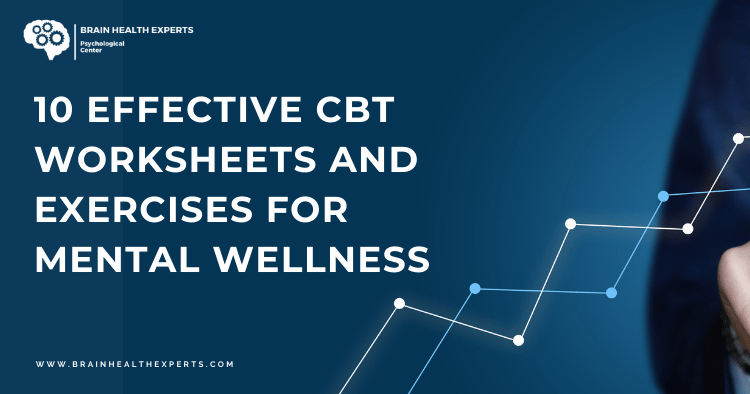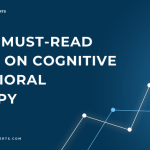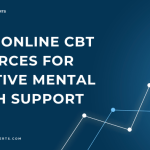Table of Contents:
- Introduction to Cognitive Behavioral Therapy (CBT)
- Understanding CBT Worksheets
- Top 10 Effective CBT Worksheets and Exercises
- 1. Thought Record Worksheet
- 2. ABC Model Worksheet
- 3. Cognitive Distortions Worksheet
- 4. Behavioral Activation Worksheet
- 5. Exposure Hierarchy Worksheet
- 6. Problem-Solving Worksheet
- 7. Mindfulness and Relaxation Techniques Worksheet
- 8. Self-Care Assessment Worksheet
- 9. Values and Goals Worksheet
- 10. Gratitude Journal Worksheet
- FAQs about CBT Worksheets
- Conclusion
Introduction to Cognitive Behavioral Therapy (CBT)
Cognitive Behavioral Therapy (CBT) is a widely recognized psychological treatment that helps individuals understand the relationship between their thoughts, feelings, and behaviors. By addressing negative thought patterns and replacing them with more constructive ones, CBT aims to promote mental wellness and resilience. According to recent studies, CBT has proven effective in treating a variety of mental health issues, including anxiety, depression, and PTSD.
As mental health awareness continues to grow, so does the accessibility of CBT tools and resources, particularly worksheets and exercises. These practical tools empower individuals to take charge of their mental wellness journey.
Understanding CBT Worksheets
CBT worksheets are structured templates designed to facilitate the application of CBT principles in everyday life. They serve as a guide to help individuals:
- Identify negative thought patterns
- Challenge unhelpful beliefs
- Set achievable goals
- Track progress over time
Using these worksheets can enhance self-awareness, promote effective problem-solving, and encourage positive behavior changes.
Top 10 Effective CBT Worksheets and Exercises
Here’s a look at ten effective CBT worksheets and exercises that can support your mental wellness journey:
1. Thought Record Worksheet
The Thought Record Worksheet helps individuals capture and analyze negative thoughts. It includes columns for:
- Situation: What happened?
- Emotions: How did you feel?
- Automatic Thoughts: What thoughts went through your mind?
- Evidence For/Against: What supports or contradicts these thoughts?
- Alternative Thoughts: What are more balanced thoughts?
- Outcome: How do you feel now?
Example: If someone feels anxious during a presentation, they might note the situation, their fear of failing, and then challenge that thought by considering past successes.
2. ABC Model Worksheet
The ABC Model breaks down experiences into three components:
- A: Activating event
- B: Beliefs about the event
- C: Consequences (emotional and behavioral)
This worksheet allows individuals to dissect situations that trigger negative emotions and identify irrational beliefs.
Example: An activating event could be receiving critical feedback at work. The worksheet guides users to evaluate how their beliefs about the feedback affect their emotions.
3. Cognitive Distortions Worksheet
This worksheet helps individuals recognize cognitive distortions, such as all-or-nothing thinking or catastrophizing. It includes a list of common distortions and space to explore how they manifest in personal thoughts.
Example: A person may realize they often think “I always mess up,” which leads to feelings of despair. The worksheet encourages reframing this to “I sometimes make mistakes, and that’s okay.”
4. Behavioral Activation Worksheet
This worksheet encourages engagement in positive and enjoyable activities to combat low mood. It includes sections for:
- Listing enjoyable activities
- Scheduling these activities
- Reflecting on the outcomes
Example: A person may schedule a walk in nature to improve their mood and note how they feel afterward.
5. Exposure Hierarchy Worksheet
This tool is particularly effective for individuals dealing with anxiety disorders. It involves creating a list of fears ranked from least to most anxiety-provoking, allowing gradual exposure to these fears.
Example: If someone fears public speaking, their hierarchy might start with speaking in front of a friend and gradually progress to addressing a larger group.
6. Problem-Solving Worksheet
This worksheet provides a structured approach to tackling problems. It includes:
- Problem Description
- Brainstormed Solutions
- Pros and Cons of Each Solution
- Action Plan
Example: When faced with a work-related issue, individuals can list potential solutions and evaluate their effectiveness before implementing an action plan.
7. Mindfulness and Relaxation Techniques Worksheet
This worksheet provides a variety of mindfulness exercises, such as breathing techniques and body scans, to help manage stress and anxiety.
Example: Users can choose a technique to practice daily and reflect on its impact on their mood and stress levels.
8. Self-Care Assessment Worksheet
Recognizing the importance of self-care, this worksheet allows individuals to assess their current self-care practices and identify areas for improvement.
Example: Users can evaluate their physical, emotional, and social self-care activities and create a plan to enhance their well-being.
9. Values and Goals Worksheet
This worksheet assists individuals in clarifying their core values and setting meaningful goals aligned with those values. It includes:
- Identifying Values
- Setting SMART Goals
- Action Steps
Example: If someone values health, they might set a goal to exercise three times a week and outline specific steps to achieve that.
10. Gratitude Journal Worksheet
Practicing gratitude has been shown to improve mental health. This worksheet encourages individuals to list things they are grateful for each day, fostering a positive mindset.
Example: Users can write down three things they appreciate daily, such as supportive friends or a beautiful sunset.
FAQs about CBT Worksheets
Q1: How do I use CBT worksheets effectively?
A1: Start by identifying specific thoughts or feelings you want to address. Choose a relevant worksheet, fill it out honestly, and reflect on your answers. Regular practice can yield better results.
Q2: Are CBT worksheets suitable for everyone?
A2: While CBT worksheets can benefit many, it’s essential to consult with a mental health professional to determine if they are appropriate for your situation.
Q3: Can I find CBT worksheets online?
A3: Yes! Many websites offer free downloadable CBT worksheets. Authoritative resources include Psychology Tools and Therapist Aid.
Conclusion
CBT worksheets and exercises are invaluable tools in cultivating mental wellness. They provide structured approaches to understanding and challenging thoughts, ultimately leading to healthier behaviors and emotional outcomes. By incorporating these effective worksheets into your routine, you can take meaningful steps toward better mental health and emotional resilience.
For more resources on mental health and CBT, consider exploring the American Psychological Association and National Institute of Mental Health for authoritative information and support.
Remember, taking the first step is often the hardest, but with the right tools and guidance, you can empower yourself to thrive mentally and emotionally!





